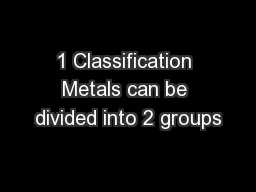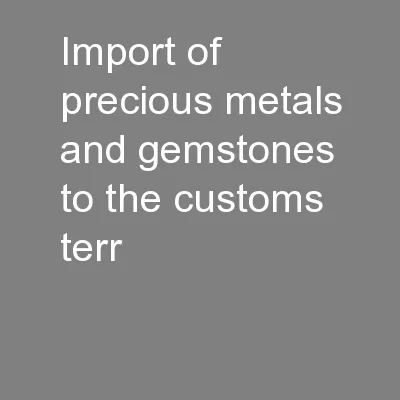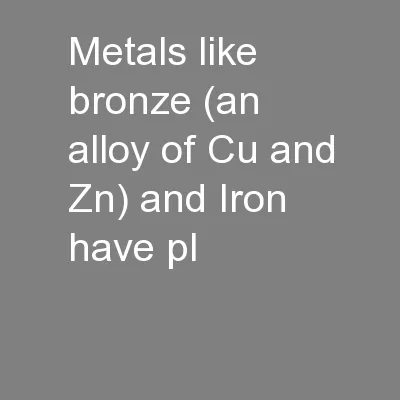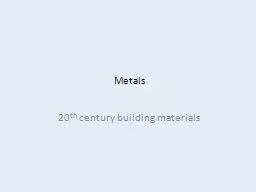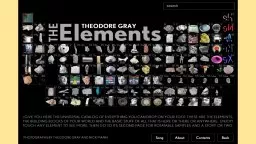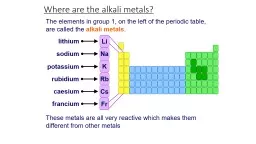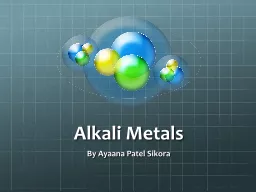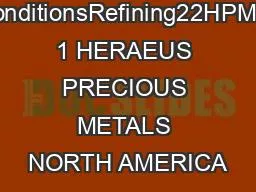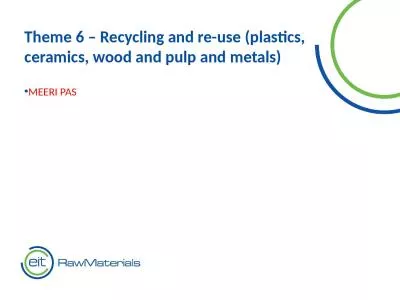PPT-1 Classification Metals can be divided into 2 groups
Author : liane-varnes | Published Date : 2018-11-08
Metals Ferrous Metals Non Ferrous Metals Iron Aluminum Low Carbon Steel Copper Medium Carbon Steel Brass High Carbon Steel Bronze Cast Iron Zinc Stainless Steel
Presentation Embed Code
Download Presentation
Download Presentation The PPT/PDF document "1 Classification Metals can be divided i..." is the property of its rightful owner. Permission is granted to download and print the materials on this website for personal, non-commercial use only, and to display it on your personal computer provided you do not modify the materials and that you retain all copyright notices contained in the materials. By downloading content from our website, you accept the terms of this agreement.
1 Classification Metals can be divided into 2 groups: Transcript
Download Rules Of Document
"1 Classification Metals can be divided into 2 groups"The content belongs to its owner. You may download and print it for personal use, without modification, and keep all copyright notices. By downloading, you agree to these terms.
Related Documents

